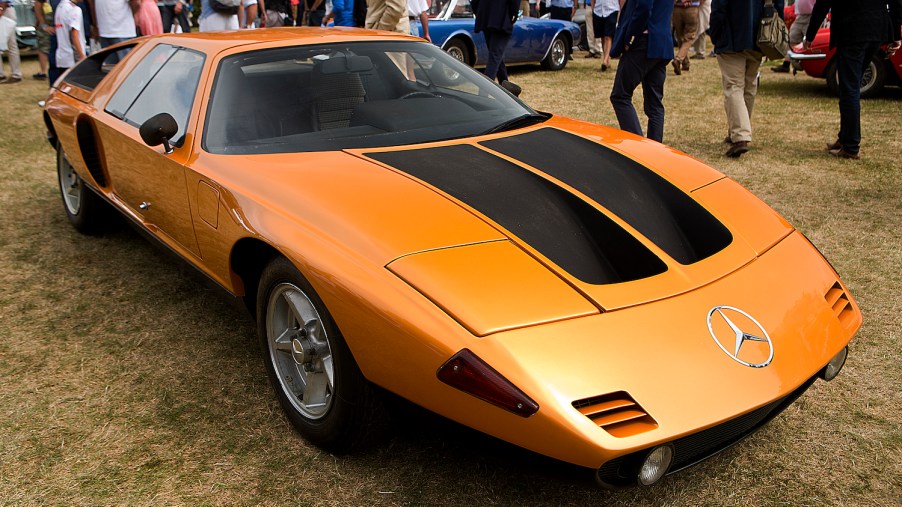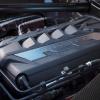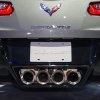
This Mercedes-Benz Used a Wankel Rotary Engine
Rotary engines are typically associated with the Mazda RX-7 and old airplanes, but in the late 1960s, another vehicle added itself to the rotary roster. That was the Mercedes-Benz C111. Never put into production, the C111 was an experimental vehicle that delved into studying top speed and aerodynamics and was a radical influence on cars to come. Unfortunately, the project was aborted before it even began due to some problems that are all too familiar to Wankel drivers.
Mercedes-Benz C111 was a rocket

Mercedes began its research and development on the C111 in 1967 as a successor of the gullwing 300 SL. It was a purely experimental car bent on testing Wankel’s rotary engine, as well as fiberglass-reinforced plastic body panels. The C111 used a three-rotor Wankel engine in 1969 that produced 280 horsepower. In 1970 engineers added another rotor to make 350 horsepower, ensuring the car’s sprint to 60 mph in 4.9 seconds. That’s about as fast as a 1978 Porsche 911 Turbo.
The Mercedes-Benz C111 met its demise… sort of

Ironically, the one drawback of the C111 was its biggest attraction: the Wankel rotary. Mercedes found it inadequate in reliability and durability: problems that would plague the Wankel all its life. According to Mercedes, the C111 ultimately met its match against insatiable safety standards, which its plastic body fell far short of meeting. Wankel rotary engines have inherent disadvantages in regards to their apex seals. If they start leaking, which they are liable to do, the engine requires a rebuild. If you’re lucky enough to find a mechanic to work on one, it’s not going to be cheap.
The C111 is survived by the Mercedes-Benz diesel engine. Mercedes used the C111 to test its diesel amidst the emerging importance of fuel efficiency brought on by the 1970s. A 3-liter 5-cylinder diesel engine producing 190 horsepower lay under the hood, which would go on to set several records around the Nurburgring. Its next iteration got 230 horsepower, and in 1979 the final C111 variant received a 500-hp 4.8-liter V8 gas engine, propelling the car to 251 mph.
How did the C111 perform?
The C111 drives like any other Mercedes-Benz. The car provides a composed comfortable ride, and tightens up when it needs to. Sophisticated rear suspension was a vital element of the C111. Its style is timeless, almost like it somehow ended up in the 1960s while looking for the 21st century. It has a wedge front end that dips down, sweeping up and over the cabin to a vertical rear end, very reminiscent of the DeLorean, except 20 years older. It even had gullwing doors, just like the 300 SL.
The Mercedes-Benz C111 is completely unattainable
Unfortunately, Mercedes will not sell a C111 to any customer. The Stuttgart titan has refused even special orders accompanied by blank checks. Only a few remain under its care. Mercedes holds on tight, which might be the best fate for the C111 to preserve its integrity.


